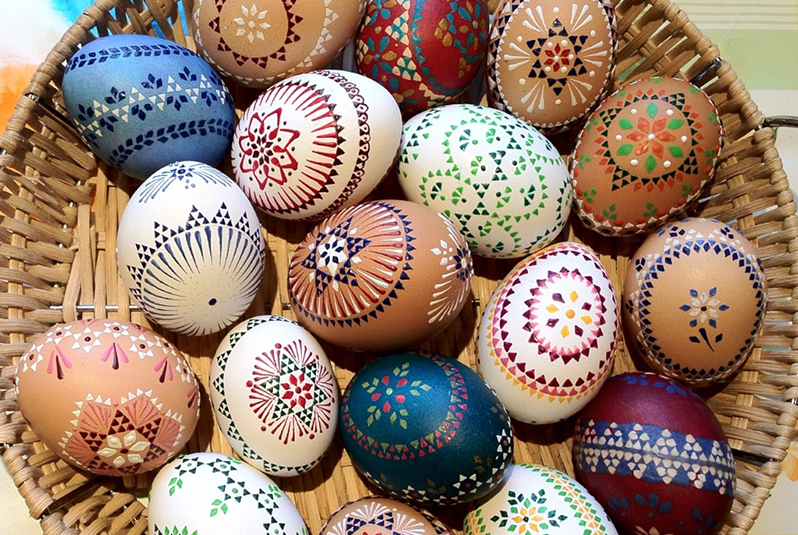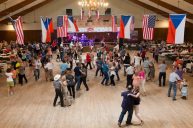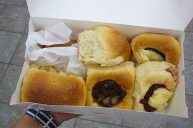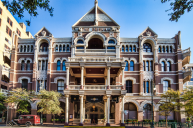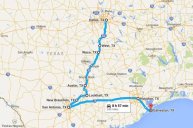Around Easter time, thousands of Texans devote their time to intricately decorating Wendish-style eggs, a tradition unique to certain heritages and our corner of the United States.
Videos by Wide Open Country
If you aren't a Texas native, you may not have heard of this longtime tradition that has been passed down from generation to generation. Some of the earliest settlers in Texas were Slavic-Germans, Czech, and Polish immigrants, who brought with them their own set of unique cultural traditions from Germany to parts of Texas like Austin, San Antonio, Houston, and Galveston -- and dozens of communities across the state. One of those traditions was a set of decorating methods that result in bright, bold and detailed Wendish eggs.
The most common egg-decorating technique in Texas is the Wax Batik, in which the tip of a cut goose feather is used to move wax across the egg shell's surface. The wax protects the egg from soaking any dyes and leaves behind beautiful designs when it is scraped off after being dipped in dye. The also-popular embossed technique for decorating eggs is similar, except the applied wax is applied in order to create a design in many different colors.
With the Acid and Scratch techniques, the egg is dyed first and then either scratched or etched with acid to create the design.
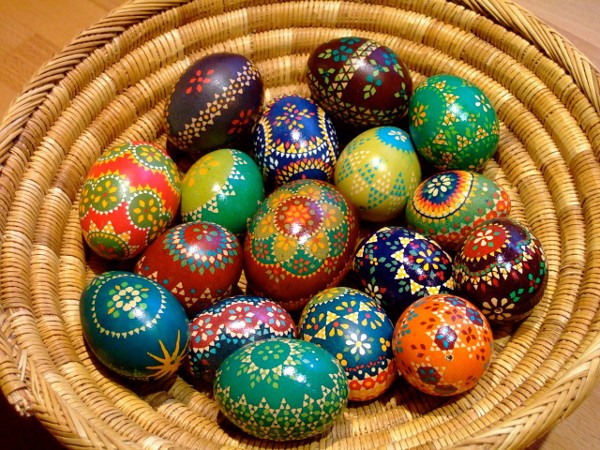
Flickr/gedankenabfall
Although these techniques take a bit more time than the traditional American way of dipping eggs, the result is worth it. Seriously, Google examples. They are awesome. No matter which of these methods you choose to try, you'll be amazed at just how colorful and detailed your eggs will turn out. Check out the video below to learn more about the tradition of dying Wendish Easter Eggs. Who knew eastern Germany and Poland had such a huge influence on the way Texans celebrate Easter Sunday!
